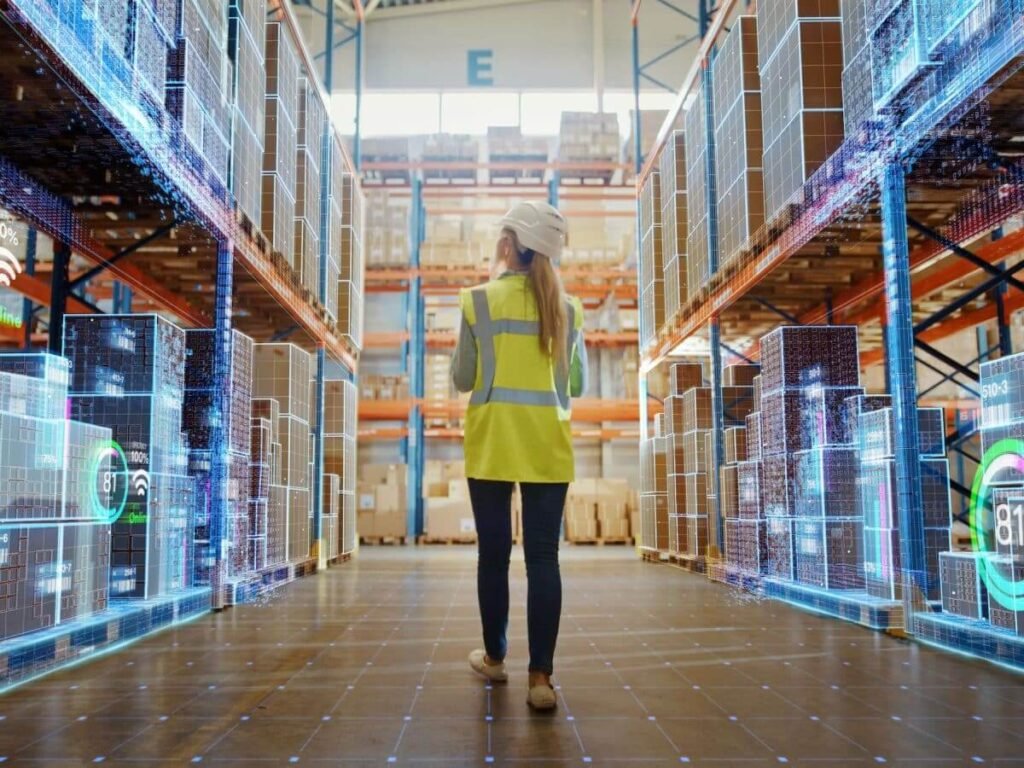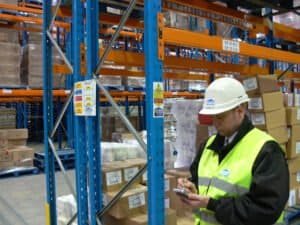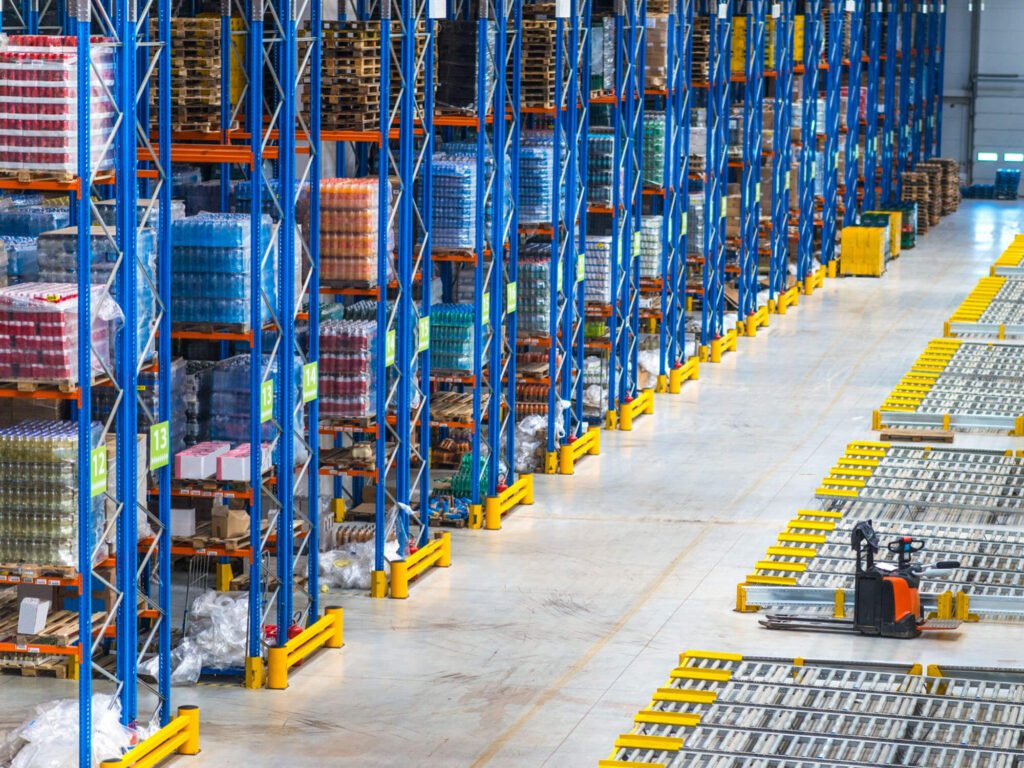The enterprise of warehousing has also not been spared from the effect of evolution in today’s highly competitive and rapidly growing business world. Modern warehousing is not a simple process but a complex discipline of managing space, increasing productivity, and integrating technologies in the process. From the concept of the small modern warehouse design to the large modern industrial warehouse design, the elements of the modern storage concepts are transforming the supply chain storage sector.
This article discusses some peculiarities of the contemporary warehouse, which is focused on the perspective of the effects of a new paradigm-shifting the ways of storing, managing, and delivering merchandise. We will also discuss how the design of the current data warehouse has played a crucial role in such developments and what the future of the field looks like.
Understanding the Foundations of Modern Warehousing
Modern warehousing is no longer confined to its literal meaning; it encompasses a strategic management concept that incorporates advanced technology, creative structures, and efficient processes. In its basic concept, today’s warehousing goes for space optimization, high-level usability, and increased productivity.
There are several essential principles of modern warehouse design which are explained below.
- Flexibility: The ability to change the layout so that it can fit any needs that the business may have at some point in the future.
- Automation: Automatisation of some processes for enhanced speed and precision through the use of robotics.
- Sustainability: Sustainable and innovative concept and optimal and efficient energy utilization
- Data-driven decision making: Lease amount and utilization of analytics and real time information for improved operations
- Employee-centric design: Emphasize factors that make workers feel safe at the workplace
The Rise of Modern Small Warehouse Design
When it comes to start-ups and enterprises on a small scale, competition is cut-throat and the requirement for effective small-scale warehousing is becoming increasingly prominent. Contemporary planning of small warehouses considers the principles of effective usage of the limited area with reference to its function and further expansion.
Innovative Approaches in Small Warehouse Design
- Vertical Storage Solutions: In cases where there is actually very little space available on the floor, then height is well used to make up for that shortage of space.
- Modular Shelving Systems: Convertibility of storage units to meet the changing needs of the inventory
- Mezzanine Floors: Addition of more usability without a basic increase in overall structural size
- Smart Technology Integration: The use of IoT devices and inventory management for optimization of operations.
- Multi-functional Areas: This involves creating environments that may suit one program while at the same time being suitable for another.
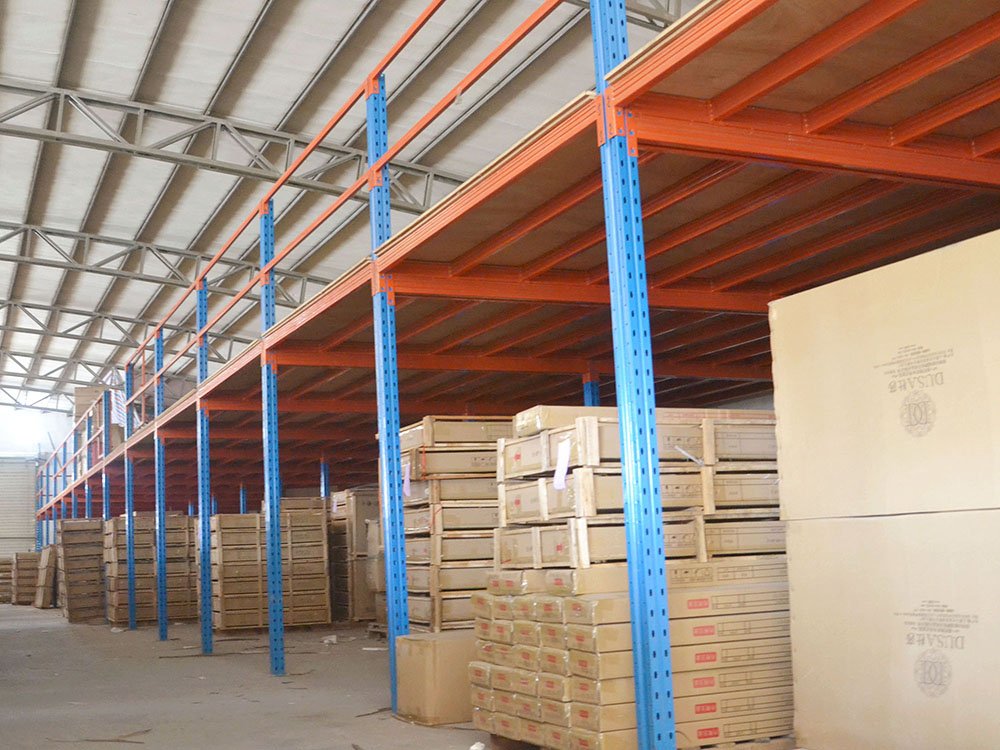
Case Study: TechStore’s Compact Warehouse Revolution
TechStore is a rapidly growing e-commerce electronics store company and the specific case focuses on its problem of how it can increase its holding capacity given the fact that it has not enough space to rent a larger warehouse. By implementing a modern small warehouse design, they were able to:
- Vertical racking systems will need to be established in order to raise stock storage density by 40%.
- This process can also help to minimize order fulfillment time by 30% when picking zones are well-positioned
- Improve inventory accuracy to 99.9% using RFID technology and automated tracking systems
This particular case is a prime example that the principles of modern design can efficiently utilize even the smallest of spaces for warehousing and operation centers.
Scaling Up: Modern Industrial Warehouse Design
As we turn our attention to larger operations, the advanced design of the industrial warehousing facilities comes into perspective. These massive facilities serve as the backbone of global supply chains, and the configuration of which has significant impacts on the performance of logistics processes.
Key Elements of Modern Industrial Warehouse Design
- Advanced Material Handling Equipment: Small robots such as the automated guided vehicle (AGV), conveyors and robotic arms
- Intelligent Warehouse Management Systems (WMS): Systems and software that help in deciding the right places where some stock or picking routes
- Energy-Efficient Lighting and HVAC Systems: Energy-efficient designs that cut down operating expenses for the organization.
- High-Bay Racking Systems: Optimizing the length and ensuring proper. storage arrangement as well as the storage intensity that comes with proper appropriate rack formations.
- Cross-Docking Facilities: Eliminating the flow of goods from one mode of transport to another with ease
The Impact of Technology on Industrial Warehouse Design
The application of the new technology is deemed to have revolutionized modern industrial warehousing systems. Some notable advancements include:
- Artificial Intelligence (AI) and Machine Learning: A major use of the system is the predictive analytics needed to improve demand forecasts and inventory management.
- Internet of Things (IoT): Monitoring of assets status and the conditions of the environment.
- Augmented Reality (AR): Optimizing picking density and quality by using vision-guiding techniques
- Drones: Stock taking/ audit in a dark place/ corner/ room/ stock or any difficult-to-access area
Case Study: MegaLog’s Next-Generation Distribution Center
MegaLog, the global logistics company, astutely threw the doors open to its new industrial warehouse showcasing what could be regarded as the best in logistics’ contemporary architecture. Key features include:

- A fully automated storage and retrieval system (AS/RS) of pallets that has the potential for a throughput of 1,000 pallets per hour.
- AI-powered inventory management system that reduces stockouts by 25% and improves order accuracy to 99.99%
- Solar panels, rainwater harvesting, and well-insulated building structures ensure that 40% of energy is saved.
- High-tech smart sensors and efficient technologies for predictive maintenance reduce the equipment unavailability time by 60%.
This case can be considered as the best practice of how advantages of new industrial warehouse design can be reached in order to improve efficiency, achieve more sustainability, and obtain better financial performance.
The Digital Frontier: Modern Data Warehouse Design
In the age of big data, the concept of warehousing extends beyond physical goods to the realm of information storage and management. Modern data warehouse design aims at the development of sustainable, scalable, and high-performance data storage and processing solutions for large quantities of data.
Core Principles of Modern Data Warehouse Design
- Scalability: The capability to deal with increasing information without shrinking performance.
- Flexibility: Support for various data types and sources
- Real-time Processing: Ability to bring data in from a wide variety of sources, process it and output workable information nearly in real time.
- Security: Strong and effective measures that should be used for the protection of important information
- Integration: Integration with sundry business intelligence and analytics applications
Architectural Approaches in Modern Data Warehousing
- Cloud-based Data Warehouses: Using the cloud environment in order to gain improved flexibility and reduced expenses
- Data Lakes: Data archives that contain one or more huge datasets in their original form.
- Data Marts: Subsets of data warehouses focused on specific business areas or departments
- Hybrid Models: Incorporating on-premises and cloud solutions into the overall system for optimal performance and security
Case Study: FinTech’s Data-Driven Transformation
FinTech, a leading financial services company that embarked on a new modern data warehouse design. Key outcomes include:
- Time taken to process data that was previously taking hours per activity is now processed within a period of minutes thus facilitating real-time financial analysis.
- 360-degree view of customer data, leading to a 30% increase in cross-selling opportunities
- Better data governance improved the audibility of regulations and led to better compliance overall.
- Save up to 50 percent in data storage costs with a cloud-based data warehouse solution.
Focusing on the concept of the modern data warehouse design, this case shows the potential of it for BI and decision-making.
The Future of Warehouse Design: Emerging Trends and Technologies
As we look towards the future, several trends are shaping the evolution of warehouse design across all scales:
Robotics and Cobotics: Robotization and use of collaborative robots or cobots in warehouses are at present at an impressive growth rate. These equipment are sophisticated devices that are capable of performing batch jobs with tremendous accuracy and serve as an aid to the human staff in enhancing the production line. For instance, navigation of the floor in a warehouse by autonomous mobile robots (AMRs), picking products, and inventorying facilities.
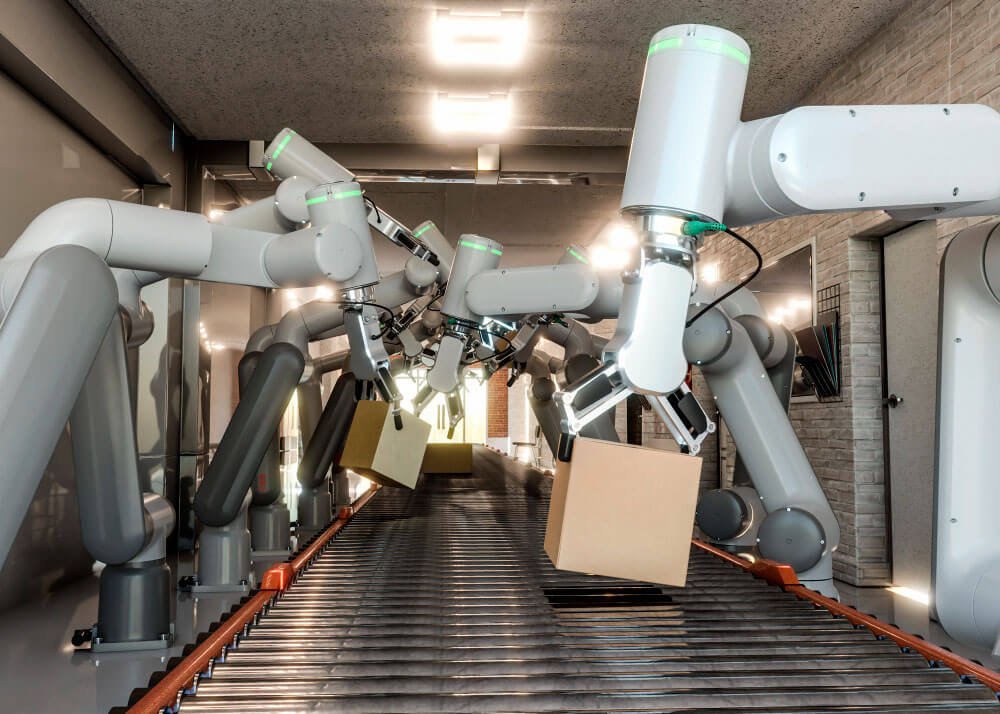
5G Connectivity: Solutions that utilize ultra-fast and low latency networks are also making it possible to realize seamless device-to-device and system-to-system interfaces. This technology is highly critical in real-time applications such as IoT devices, robotics, and data analytics. 5G is able to advance the speed of data transfer to almost instant to facilitate near real time processes in warehouses.
Blockchain Technology: Through decentralized ledger technology, supply chain management and operations is experiencing an increase in transparency and traceability. Blockchain in this case can ensure that the movements of the products are well recorded in the warehouse and thus minimize errors or fraudulent activities as everyone is accountable.
Sustainable Materials: Sustainability has emerged in the current warehouse designs, for instance, through the application of green building materials and green power. This includes the use of recycled products such as those used in construction, use of efficient lighting systems and installation of solar panels to minimize the effects exerted by warehouse facilities on the environment.
Virtual and Augmented Reality: These technologies are positively changing the way trainers and operational support personnel of the warehouse provide their services. VR can be used to train the employees by creating virtual environments that mimic actual working scenarios; AR used in order picking and equipment maintenance.
Edge Computing: Edge computing on the other hand takes the data processing closer to the point of origin to allow for quicker decisions to be made with reduced delays. This is especially the case in large warehouses given that more real-time analysis of the data leads to greater enhancement of the warehousing processes.
Challenges and Considerations in Modern Warehouse Design
While the benefits of modern warehousing design are numerous, there are several challenges that organizations must address:
Initial Investment: This makes capital-intensive projects involving the adoption of sophisticated technologies and redesigning of current structures to be major factors of many organizations. The benefits on the other hand may only accrue in the long run due to the time it may take to recoup the investment capital thus needing a funding plan and staged work approaches.
Workforce Adaptation: One of the important factors affecting the great implementation is the training of the employees to effectively use new systems and technologies. It may often entail a system-wide change process, dealing with learning initiatives, and sometimes even hiring new human capital with new knowledge backgrounds.
Integration Complexity: The integration of the organization’s different systems and technologies to facilitate smooth communication can be problematic. Some organizations may require the updating or replacement of legacy systems, and integration with that existing operational architecture needs to be considered and managed for compatible operations.
Data Security: The confidentiality of data is ever critically important, especially with the advanced technology integration in organizations. However, when warehouses start getting integrated with technology, they are opening doors for cyber threats. This requires proper encryption, access controls, as well as security audits conducted periodically at the firm.
Regulatory Compliance: The case of having to adhere to new standards and regulations for the operation of warehouses is one of the biggest challenges. This may include safety regulation, environmental regulation, and data protection regulation that may be specific to a certain geographical location or industry.
Balancing Automation and Human Labor: It is very important to identify the right level of automation, which means the right amount of workforce is required to be incorporated into the system. As a result of this, even though automation is known to enhance efficiency, human skills like problem-solving and adaptability cannot be gained. It is crucial for organizations to package good behavior with a correct mix in order to achieve the maximum amount of work while not providing a bad atmosphere on the job.
Conclusion: Embracing the Future of Warehousing
It is necessary sometimes to think about the fact that the modern world of warehousing is very dynamic due to the enhancement of technology, consumer requirements, and improvements of efficiency. These range from modern small warehouse design, and modern industrial warehouse design, to modern data warehouse design, where flexibility; automation; and data-driven decisions are principles defining the future of warehousing.
However, it is an ideal time for companies to persistently innovate their warehouse designs as they transition to these changes. Through these philosophies, organizations are able to achieve higher standards of productivity, practice economic sustainability, and increase competitiveness in today’s fragmented global economy. The future of warehousing is here, and it’s more intelligent, connected, and adaptive than ever before.

